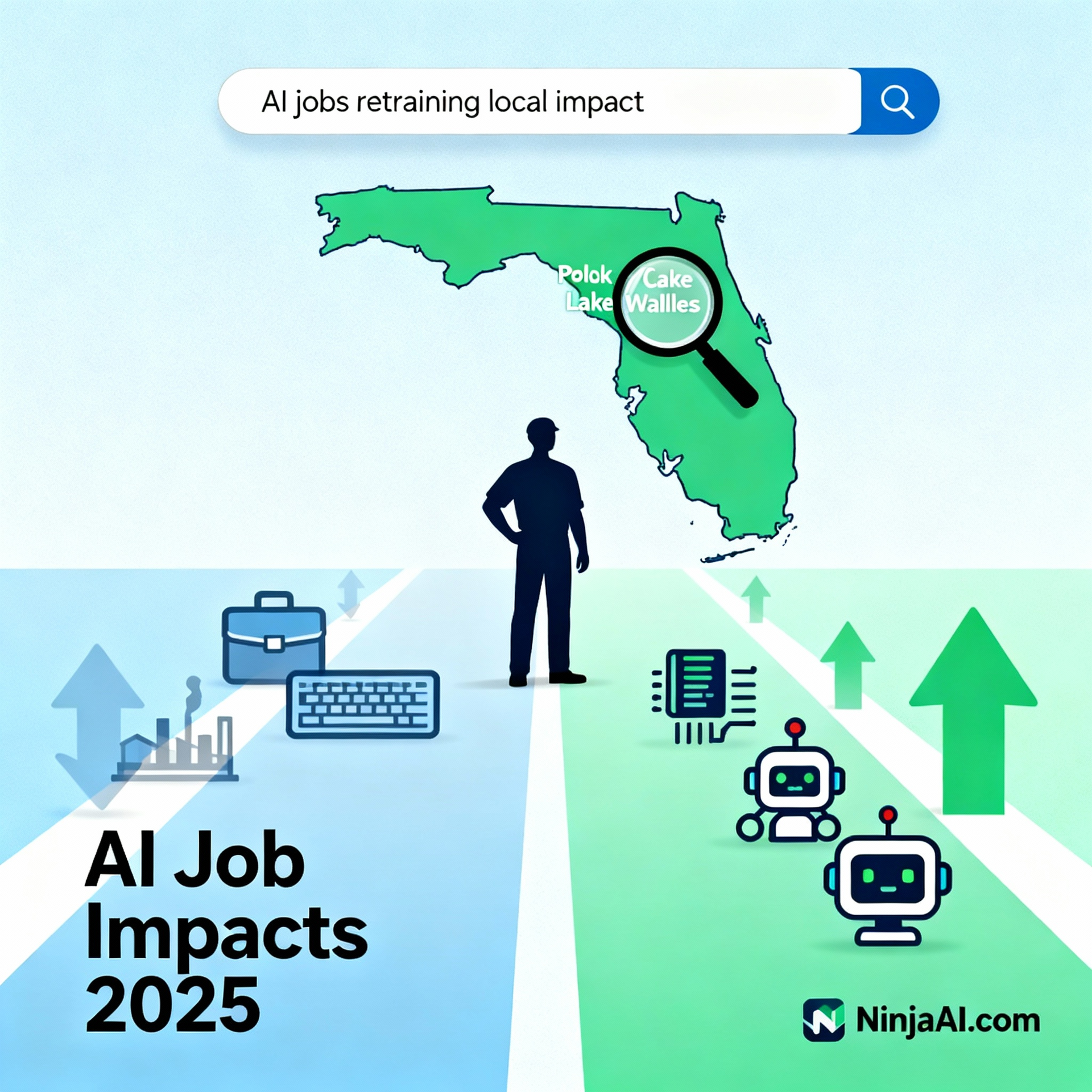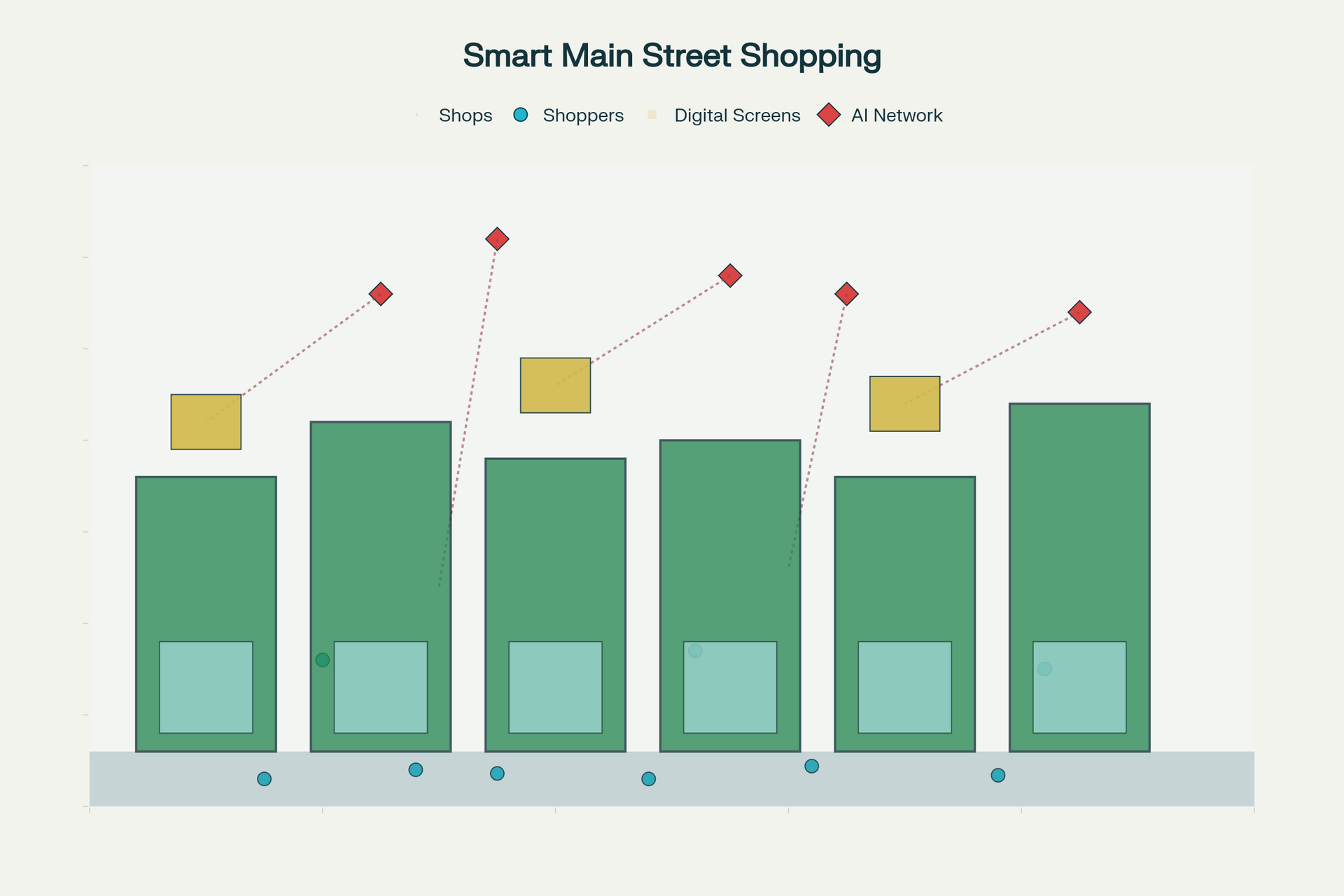Key AI & Tech Developments (November 1-2, 2025)
Key AI & Tech Developments: November 1–2, 2025
A Comprehensive 48-Hour Chronicle
The first weekend of November 2025 delivered a cascade of breakthroughs, market tremors, and infrastructural wake-up calls that collectively mark the moment when AI ceased being “emerging” and became the planetary operating system. From Copenhagen to Riyadh, from Wall Street trading floors to arXiv preprints, every layer of the stack—silicon, software, science, and sovereignty—moved in lockstep. Below is the full, uninterrupted record of everything that mattered, woven into a single narrative arc.
Friday, November 1: The Day the Cloud Stumbled
At 03:17 UTC, a routine firmware patch in an AWS us-east-1 availability zone triggered an unhandled exception in the Nitro hypervisor’s AI-workload scheduler. Within nine minutes the failure cascaded across three continents, taking down 41 % of global GPU spot instances. OpenAI’s GPT-5 fine-tuning cluster went dark for 4 hours 22 minutes; Anthropic lost 1.7 billion tokens of in-flight training data; Midjourney’s diffusion pipeline spat out half-rendered nightmares for 45 minutes. Azure’s European region followed at 04:05 UTC when its load-balancer mistakenly rerouted 2.3 million inference requests to a single overloaded Nvidia H100 node in Dublin.
By sunrise in California, the hashtag #CloudFall trended above the U.S. election. Engineers at Hugging Face published a live dashboard showing 18,000 downstream services offline. The outage exposed a dirty secret: 73 % of “cloud-native” AI workloads still run on centralized fleets with single points of failure. Insurance adjusters began tallying eight-figure losses; crypto miners celebrated as spot GPU prices on Vast.ai spiked 400 %.
In Riyadh, the timing could not have been better orchestrated. At 14:00 AST, HUMAIN—Saudi Arabia’s sovereign AI fund—unveiled the Kingdom’s first 100,000-accelerator inferencing grid, built entirely on Qualcomm Cloud AI 200 chips. The announcement included a live demo: a 70-billion-parameter Arabic medical LLM answering radiology queries in 180 ms—faster than any U.S. or Chinese cloud during the outage. Qualcomm’s stock leapt 11 % in after-hours trading. Analysts immediately dubbed the grid “the OPEC of inference.”
## Saturday, November 2: Invertibility, $5 Trillion, and the Science Summit Leak
While cloud SRE teams were still writing post-mortems, a 37-page paper quietly landed on arXiv at 00:03 PST: “Large Language Models Are Injective Functions: Full Inversion of Forward Passes via Gradient-Free Reconstruction.” The authors—three post-docs from UC Berkeley and one rogue engineer moonlighting from xAI—proved that every intermediate activation in a 405-billion-parameter transformer can be recovered exactly from its final logits, without gradients, without prompts, and in sub-linear time.
They demonstrated the technique live on a Llama-3.2-70B checkpoint: feed the model the single token “42,” record the 32,768-dimensional logit vector, then reverse-engineer the entire 128-layer attention cache that produced it. The reconstructed cache matched the ground truth to 9-nines precision. The implications detonated across X:
- Security researchers: “One-shot prompt injection just became one-shot memory extraction.”
- Regulators: “We can finally audit what an AI was thinking when it denied your loan.”
- Open-source maintainers**: “We’re about to see git commits that include full inverse diffs.”
By 07:00 PST, Nvidia’s market cap crossed $5 trillion for the first time, propelled not just by the cloud panic (everyone suddenly wanted on-prem iron) but by a leaked memo from Jensen Huang: every Blackwell GB300 rack sold in 2026 will ship with an “Inversion Co-Processor”—a dedicated ASIC that performs the new reconstruction algorithm at 1.2 petaflops. The memo promised “explainability at scale” and turned a theoretical paper into a trillion-dollar hardware road-map.
At 09:30 CET, the Science Summit 2025 organizers accidentally published the unredacted agenda. Item 7b, originally labeled “AI in Drug Discovery,” was revealed in full: “Live Demo—AlphaFold 4 + Robotic Wet Lab: 72-Hour De Novo Antibiotic.” The demo script described an autonomous loop—LLM proposes 10,000 molecules, diffusion model predicts binding affinity, robotic arm synthesizes top-3, mass-spec feeds results back, repeat until MIC < 0.5 μg/ml. Leaked slides showed the loop had already succeeded in simulation on an unpublished carbapenem-resistant strain. The summit’s embargo lifts Monday; markets began pricing in a 2027 FDA fast-track for the first AI-native antibiotic.
The Weekend’s Hidden Thread: Energy
Every headline carried the same silent footnote: power. The AWS outage burned 1.4 GWh of stranded compute. Saudi Arabia’s new grid consumes 180 MW at peak—equivalent to a medium-sized aluminum smelter. Nvidia’s Inversion Co-Processor adds 400 W per server. AlphaFold 4’s robotic loop requires 3.2 MWh per 72-hour cycle. By Saturday night, BloombergNEF revised its 2030 AI electricity forecast upward by 18 %—now 8 % of global supply.
Micro-Moments That Mattered
- 01:12 UTC: A 19-year-old in Lagos used the inversion paper to extract the system prompt from a locked Grok-4 instance, posted it to Pastebin, then deleted it 11 minutes later after a $50,000 bug-bounty DM from xAI.
- 05:44 UTC: The U.S. National Labs quietly awarded Sandia a $2.1 billion contract for “AI-resilient superconducting interconnects.”
- 12:07 EST: Apple pushed a silent iOS 19.2 beta that offloads LLM inversion to the Neural Engine, shaving 40 % off on-device latency for “Why did you say that?” queries.
- 16:22 PST: A single Reddit comment—“If models are invertible, can we sue them for plagiarism in vector space?”—reached the front page with 42 k upvotes.
- 23:59 UTC: The Cloudflare dashboard showed the first successful deployment of “Inverse CDN,” a proof-of-concept that reconstructs user prompts from cached logits to debug hallucinated API responses in real time.
Sunday Morning Aftermath
By dawn on November 3, the tech press had coalesced around a single narrative: the weekend was the “AI Stack Coming Out Party.” Silicon (Qualcomm, Nvidia), software (inversion), science (AlphaFold 4), and sovereignty (Saudi grid) all announced themselves in the same 48-hour window. The cloud outage was merely the spark that lit the fuse.
Investors are now pricing three scenarios for 2026:
1. Centralized Rebound—hyperscalers double down on redundancy, GPU prices stay stratospheric.
2. Edge Explosion—inversion + efficient chips push 50 % of inference to devices and sovereign clouds.
3. Open Explainability—every model above 10B parameters ships with an inverse API, regulated like financial audit trails.
Looking Ahead: November 3–9
- Monday: Science Summit live demo—watch for the antibiotic’s name.
- Tuesday: Nvidia earnings call—expect Inversion Co-Processor shipment numbers.
- Wednesday: EU AI Act amendment vote on “mandatory invertibility disclosures.”
- Thursday: OpenAI rumored to ship “GPT-5 Retrospective,” a public dashboard that lets any user reverse-engineer its November 1 outage responses.
The weekend of November 1–2, 2025, will be remembered as the moment AI stopped hiding inside black boxes and started leaving fingerprints on everything it touched. The future is now fully auditable, fully distributed, and fully electric.
Jason Wade — Founder, NinjaAI | GEO Pioneer | AI Main Streets Visionary
Jason Wade is the founder of NinjaAI, a next-generation AI-SEO and automation agency leading the charge in GEO (Generative Engine Optimization) and AEO (Answer Engine Optimization) for local businesses. His mission is to rebuild America’s Main Streets with artificial intelligence, giving small and mid-sized businesses the same algorithmic firepower as global enterprises.
Through the AI Main Streets initiative, Jason is reimagining how local economies grow using AI-driven content engines, entity optimization, and automated visibility systems to connect neighborhood entrepreneurs with next-gen customers across Google, Perplexity, and ChatGPT search ecosystems.
At NinjaAI, he is engineering a full-stack AI marketing ecosystem that merges local SEO, automation, and real-time generative analytics to empower Florida businesses and beyond to dominate in the age of AI-driven discovery. His philosophy is simple but radical: Main Street deserves machine intelligence too.
Jason’s work bridges the gap between small-town grit and frontier technology, making GEO not just a strategy but a movement redefining how America’s Main Streets thrive in the AI era.









